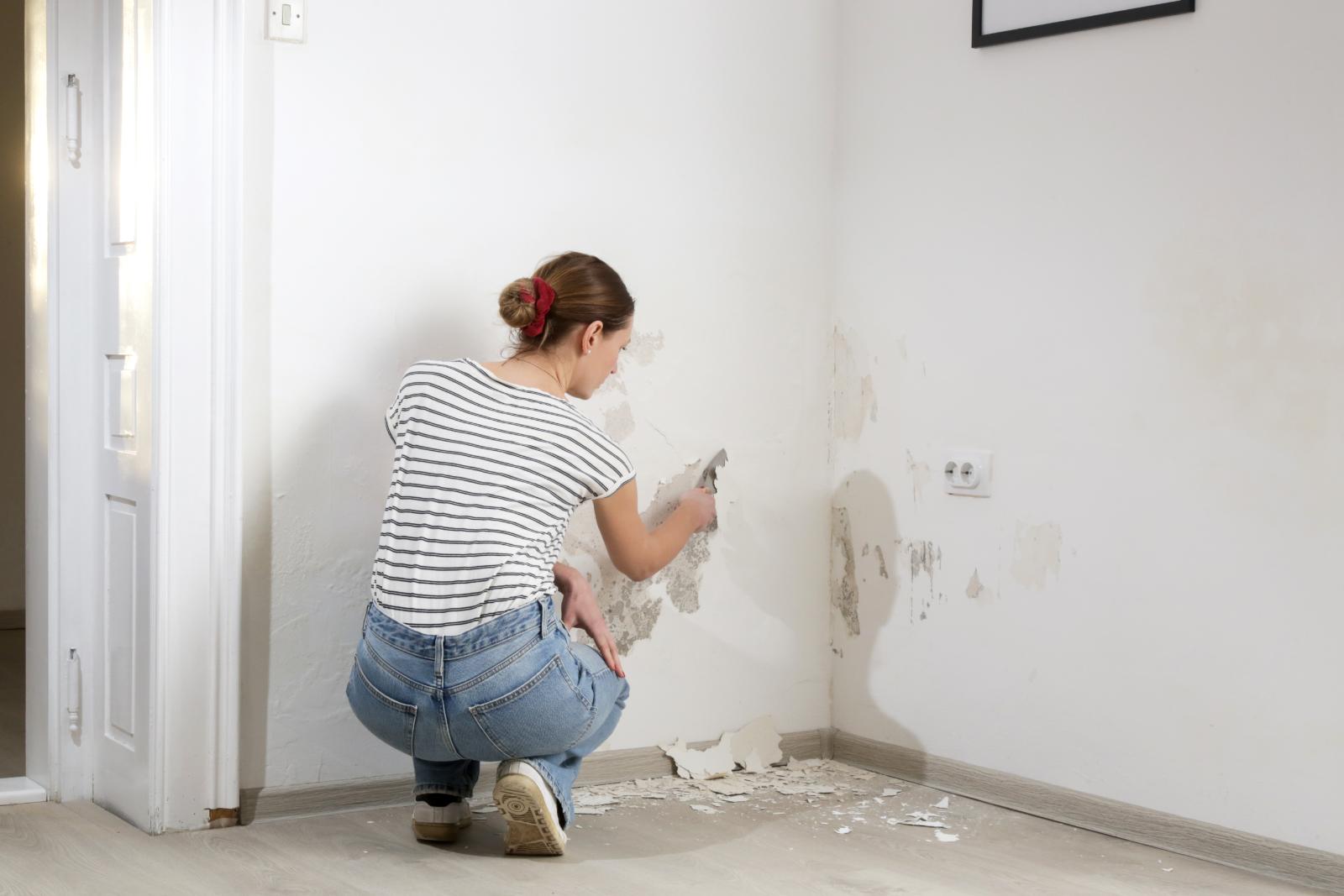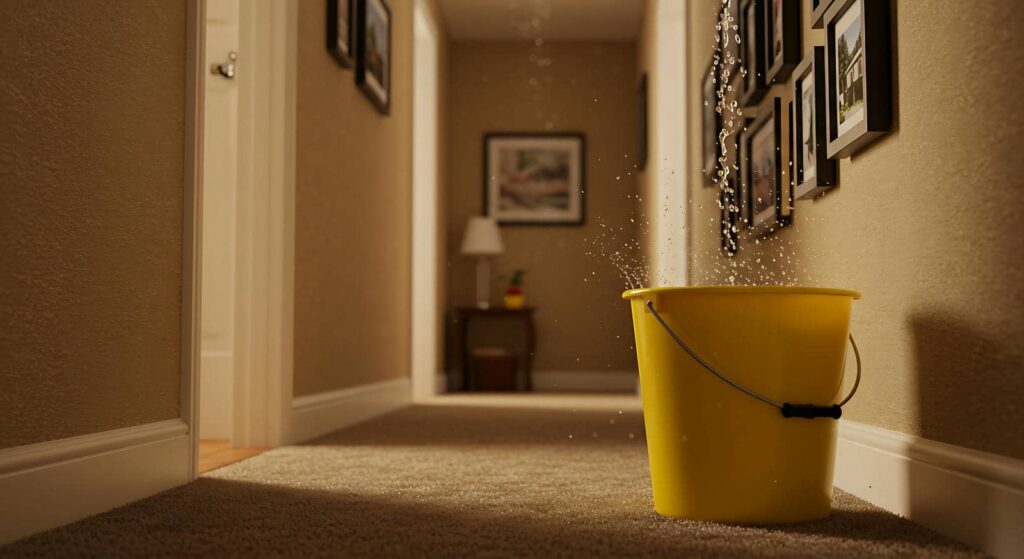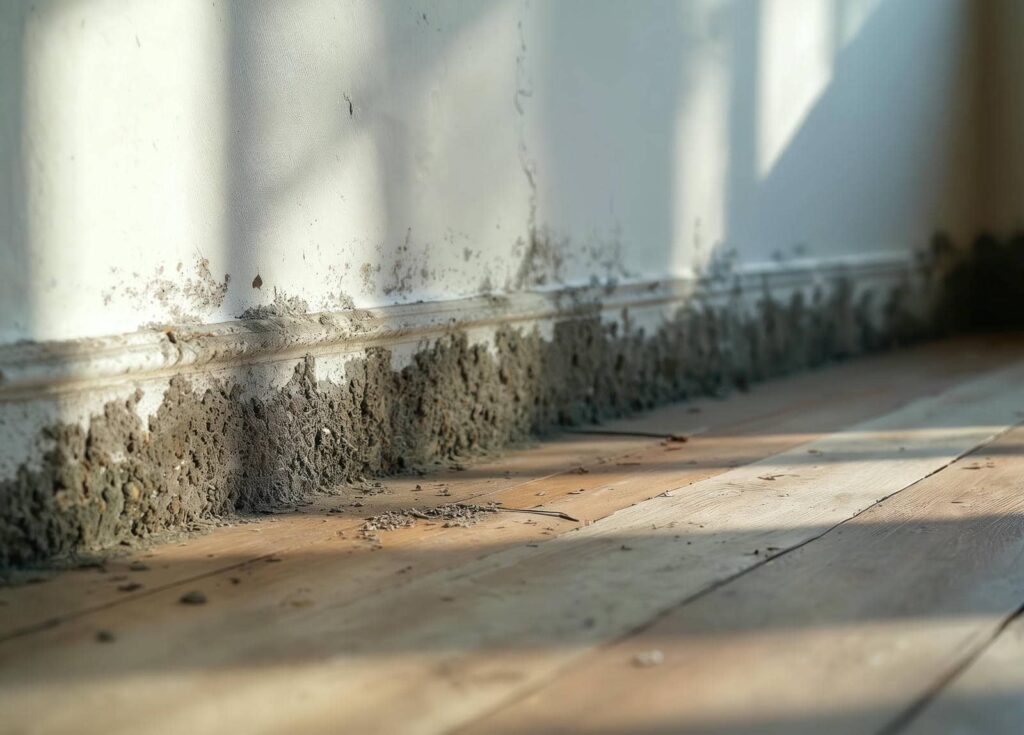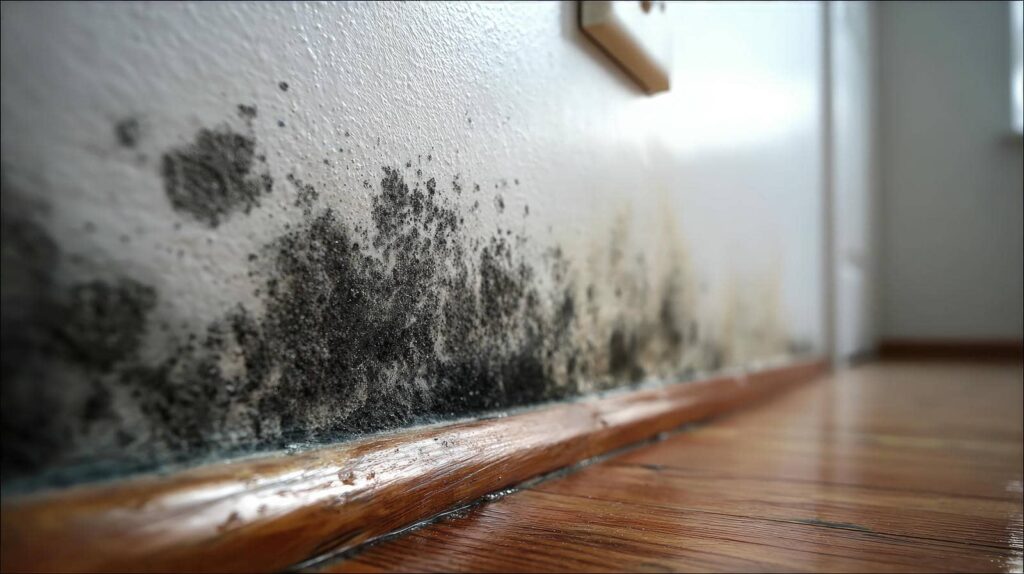Contents
In the intricate tapestry of water damage restoration, maximizing efficiency is like finding the key to unlocking a seamless process. By optimizing each step from assessment to completion, professionals can navigate the complexities of restoration with precision and speed. But what strategies and tools are crucial for achieving this efficiency, and how can they be implemented effectively to streamline the restoration journey? Let’s explore the essential elements contributing to a successful and efficient water damage restoration process, offering insights into enhancing outcomes and exceeding expectations in this critical field.
Key Takeaways
- Utilize advanced moisture detection tools for accurate assessment.
- Implement rapid extraction techniques to prevent further damage.
- Strategically place drying equipment for optimal air circulation.
- Regularly monitor progress to address issues promptly.
- Communicate effectively with customers for transparency and satisfaction.
Initial Assessment
During the initial assessment of water damage, it’s crucial to thoroughly inspect the affected area to determine the extent of the damage and develop a plan for restoration. Assessment accuracy is key in this stage to ensure that all affected areas are identified, preventing further issues down the line. A timely response is also essential to mitigate the damage and prevent mold growth or structural problems.
Begin the assessment by examining visible signs of water damage, such as water stains, peeling paint, or musty odors. Use tools like moisture meters to detect hidden pockets of moisture within walls or flooring. Document all findings with photographs and detailed notes to create a comprehensive overview of the damage.
Next, the severity of the water damage is assessed based on categories like clean water, grey water, or black water contamination. This classification helps determine the appropriate restoration techniques and safety precautions needed during the cleanup process.
When conducting your assessment, consider factors like the source of the water damage, the materials affected, and the potential for structural damage. This detailed approach ensures that no aspect of the damage goes unnoticed, leading to a more effective restoration plan.
Water Extraction
You need to carefully select the right equipment for water extraction to ensure efficient restoration. Understanding different extraction techniques is crucial in effectively removing water from affected areas.
Equipment Selection
To effectively extract water during the restoration process, choosing the appropriate equipment is crucial for maximizing efficiency and ensuring thorough removal. When it comes to equipment selection for water extraction, considering factors like equipment maintenance, cost-effective options, technology advancements, and industry standards is essential.
Regular maintenance of water extraction equipment is key to its longevity and optimal performance. Look for cost-effective options that offer high efficiency without compromising on quality. Stay updated on the latest technology advancements in the industry to benefit from improved equipment features that can enhance the water extraction process.
Adhering to industry standards when selecting water extraction equipment ensures that you’re using reliable and effective tools that meet quality benchmarks. By prioritizing equipment maintenance, exploring cost-effective options, embracing technology advancements, and adhering to industry standards, you can streamline the water extraction process and achieve efficient restoration outcomes.
Extraction Techniques
Consider mastering various water extraction techniques to efficiently remove water during the restoration process. When dealing with water damage, rapid extraction is crucial to prevent further structural damage and mold growth.
Utilize moisture detection tools to identify areas with high moisture content accurately. Once these areas are identified, prioritize rapid extraction to mitigate the spread of water and moisture.
Proper dehumidifier placement plays a significant role in the water extraction process. Position dehumidifiers strategically in areas with high moisture levels to accelerate drying and prevent secondary damage.
Additionally, moisture mapping will be conducted to effectively track the progress of water extraction and drying efforts. This mapping allows you to identify any lingering moisture pockets and address them promptly.
Drying and Dehumidification
Efficient drying and dehumidification are crucial in the restoration of water damage to prevent further structural damage and mold growth. To ensure effectiveness, it’s essential to utilize moisture mapping techniques to identify all affected areas accurately. By understanding the extent of water intrusion, you can strategically place dehumidifiers and air movers for optimal air movement and moisture removal.
When setting up your drying equipment, consider the following guidelines:
| Drying Equipment | Placement |
|---|---|
| Dehumidifiers | Position centrally for balanced drying. |
| Air Movers | Direct towards wet surfaces for efficient moisture evaporation. |
| Ventilation Fans | Use to enhance air circulation and speed up drying process. |
| Desiccant Dehumidifiers | Ideal for low-temperature drying situations. |
| Heat Drying Systems | Employ in cold environments to accelerate drying. |
Salvage and Restoration
Ensure thorough assessment of salvageable items and implement efficient restoration techniques to mitigate water damage effectively. Salvage techniques play a crucial role in the restoration process, helping you save valuable items affected by water damage. Begin by categorizing items based on their level of damage to prioritize restoration efforts effectively. Time management is key here; allocate resources where they’re most needed to maximize efficiency.
When it comes to salvage techniques, quick action is essential. Remove items from the affected area promptly to prevent further damage. Utilize restoration methods such as drying equipment, dehumidifiers, and specialized cleaning techniques to salvage as many items as possible. Prioritize items with sentimental value or high replacement costs for restoration.
Effective resource allocation is vital in the salvage and restoration process. Allocate manpower and equipment strategically based on the extent of the damage and the value of the items to be salvaged. Utilize drying and cleaning equipment efficiently to expedite the restoration process. By managing your resources effectively, you can minimize downtime and reduce overall restoration costs.
Cleaning and Sanitizing
Start by thoroughly cleaning and sanitizing all surfaces affected by water damage to prevent mold growth and ensure a safe environment. Mold can start to grow within 24-48 hours after water damage, so prompt action is crucial.
Here are key steps to effectively clean and sanitize your space:
Assess the Damage: Begin by assessing the extent of the water damage and identifying all affected areas. This will help you plan the cleaning process efficiently.
Use Proper Disinfection Methods: Utilize appropriate disinfectants to kill bacteria and prevent microbial growth. Common disinfectants like bleach solutions can be effective for sanitizing surfaces.
Focus on Hidden Areas: Don’t forget to clean and sanitize hidden or hard-to-reach areas where moisture can linger, promoting mold growth. Check behind walls, under carpets, and in crawl spaces.
Dry Thoroughly: After cleaning, ensure that all surfaces are completely dry to prevent further water damage and mold growth. Consider using dehumidifiers and fans to expedite the drying process.
Monitoring and Completion
Once the cleaning and sanitizing process is complete, continue by diligently monitoring the affected areas for any signs of recurring water damage or mold growth to ensure the restoration is thorough and successful.
Progress tracking is vital at this stage to gauge the effectiveness of the restoration process. Implementing a structured approach to monitor the drying progress, such as using moisture meters and documenting changes, is crucial for efficient restoration. Time management plays a significant role here; regular checks and adjustments help prevent delays and ensure timely completion.
Quality control is paramount in the monitoring phase to uphold high standards and guarantee customer satisfaction. Regular inspections of the drying equipment, dehumidifiers, and air movers should be conducted to ensure they’re functioning optimally. Any deviations from the expected progress should be addressed promptly to maintain the restoration timeline and achieve the desired outcome.
Customer satisfaction hinges on thorough monitoring and effective completion of the restoration process. By keeping the affected areas under close observation, any potential issues can be nipped in the bud, preventing further damage and ensuring the customer’s peace of mind. Clear communication with the customer regarding the monitoring process and progress updates fosters trust and demonstrates a commitment to delivering quality service.
Summary
Maximizing efficiency in water damage restoration is crucial for a successful outcome.
By following a systematic approach from assessment to completion, utilizing advanced equipment, and ensuring timely communication, restoration professionals can ensure a swift and effective restoration process.
Prioritizing efficiency saves time, minimizes potential risks, and ensures customer satisfaction.




